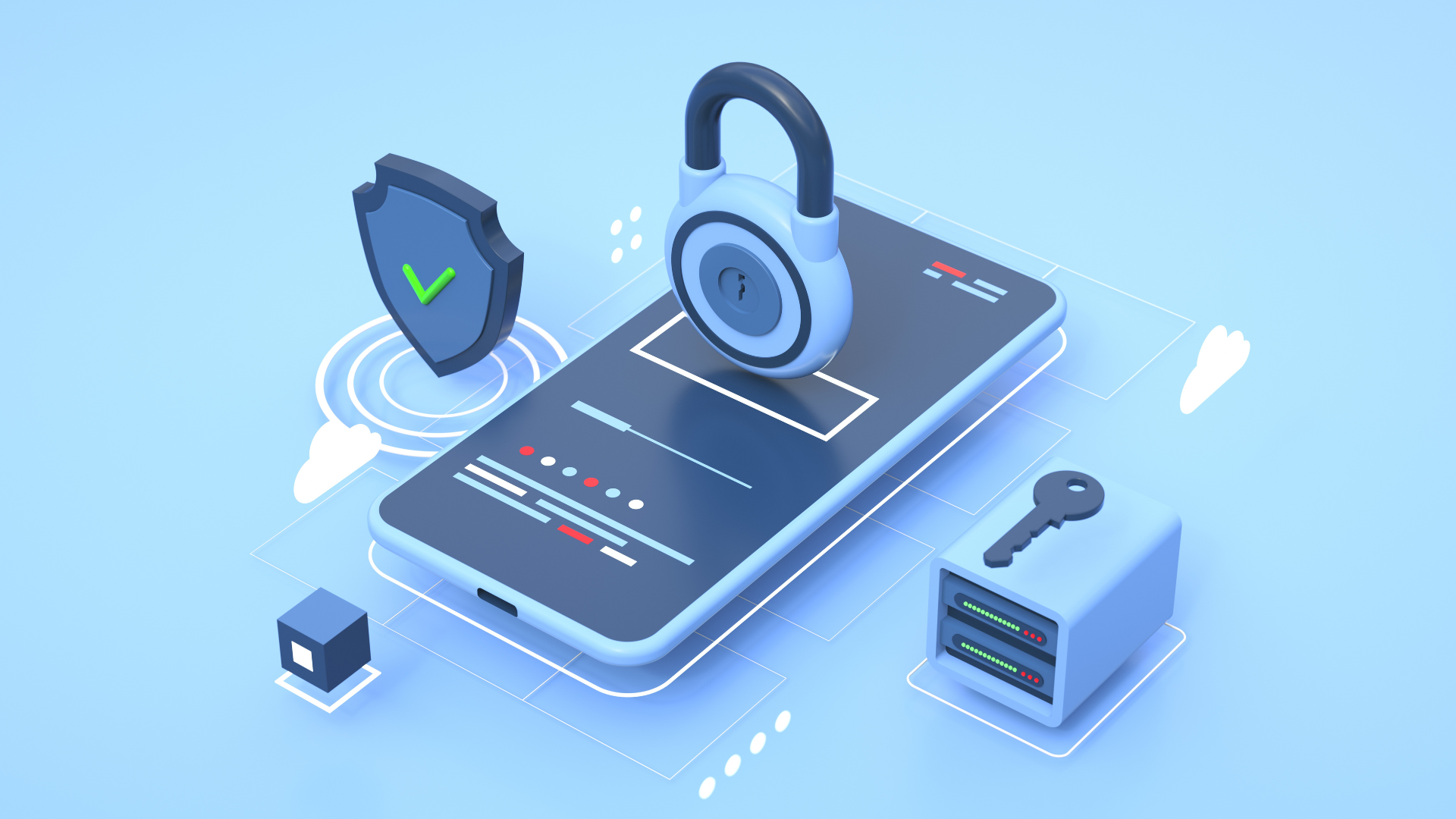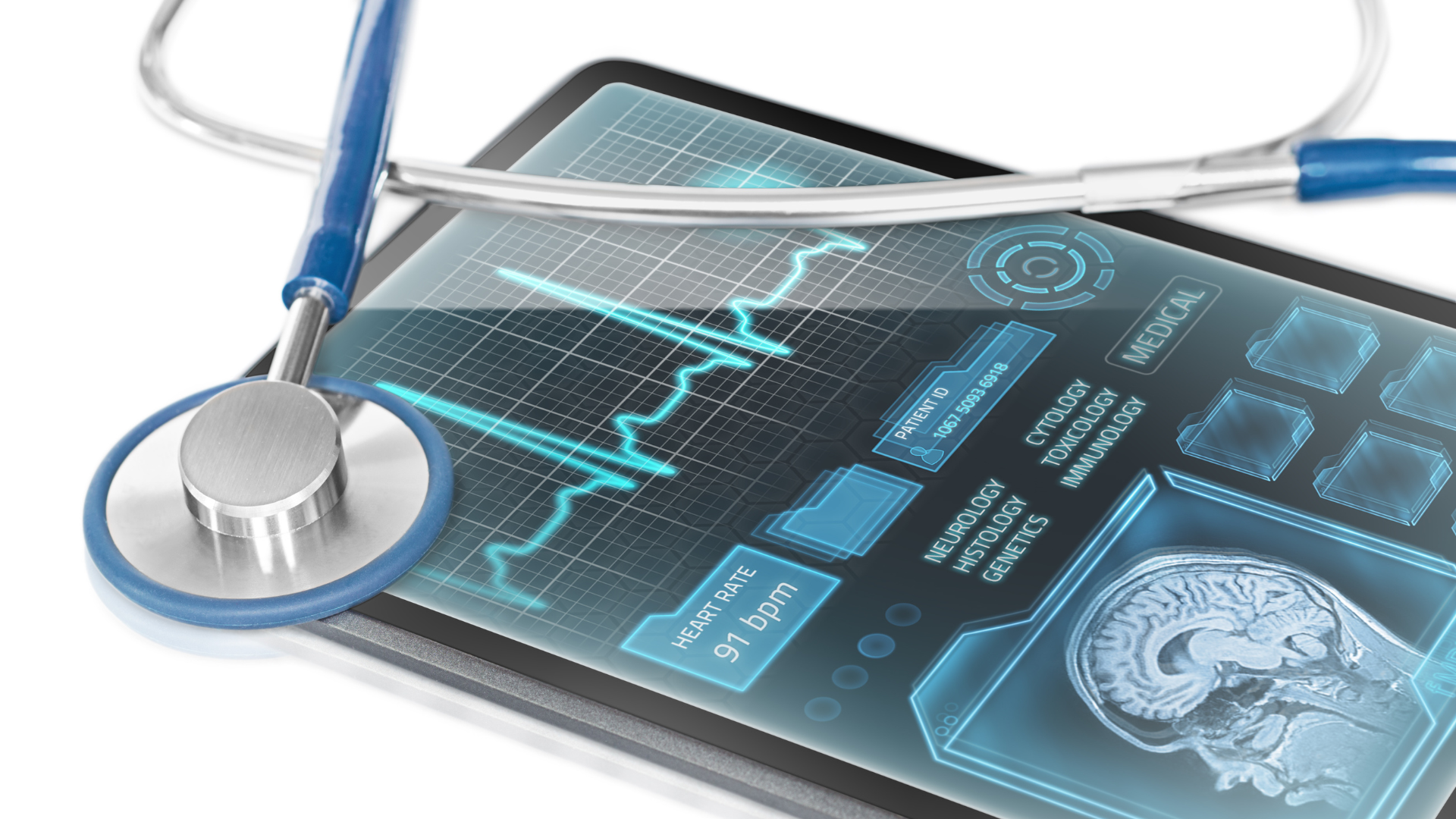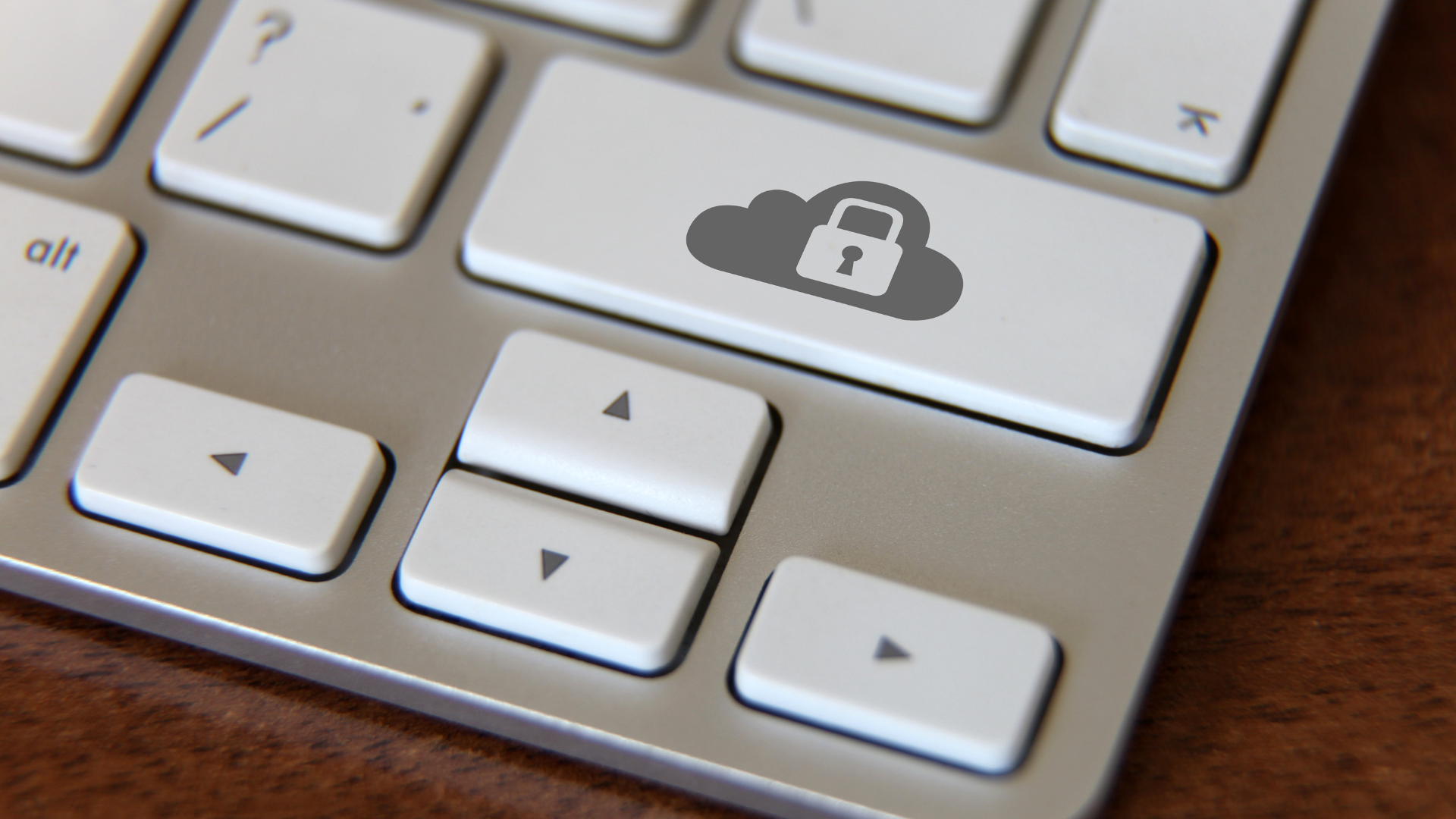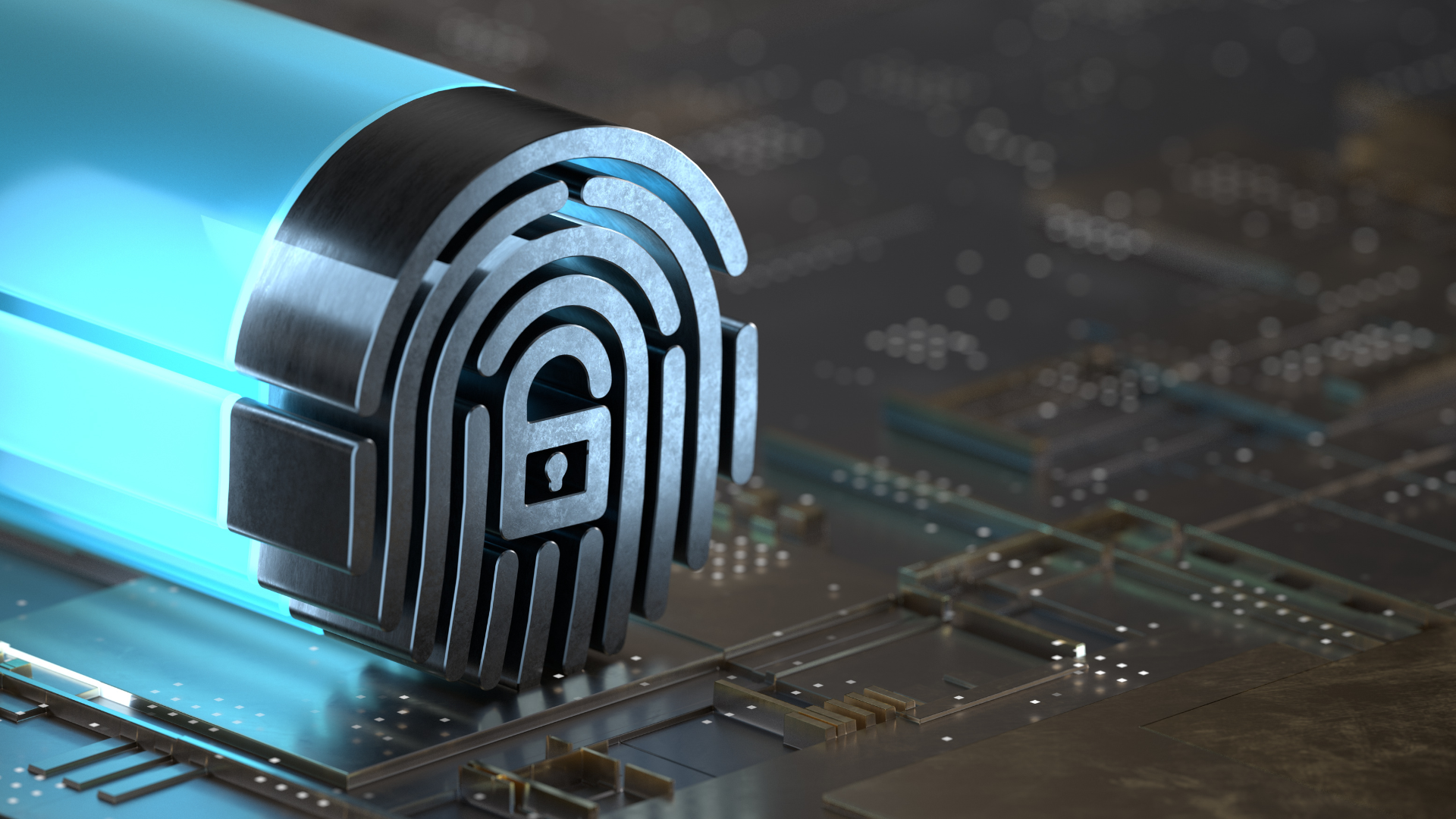Return to Office (RTO): How to Reduce Cybersecurity Risks Among Returning Clinic Staff
You might have heard of the term return to office (RTO). It’s a phrase that’s been used a lot lately, as more and more establishments are starting to reopen since the COVID-19 threat has now become more manageable.
Thousands of people across the globe will be looking to get back to work after the lockdown. While this is excellent news for businesses, including those in the healthcare industry, there will also be cybersecurity challenges to deal with during this transition period.
For medical offices, preparing to return to work will require more
cybersecurity training than ever. Understanding the challenges posed by returning to the workplace and putting together an effective contingency plan will help make the transition more seamless.
Main Cybersecurity Challenges with Return to Office (RTO)
The coronavirus outbreak led to increased phishing attacks, including an 85% spike in attacks targeting remote workers.
When medical professionals begin returning to their offices, we can still expect to see attacks from cybercriminals. But, this time, the focus is primarily on cyber habits of employees that they’ve developed in remote work settings and will bring into the workplace.
Ensuring HIPAA Compliance for Data Sharing
HIPAA compliance is especially important during a pandemic as medical facilities are expected to be fully operational.
If healthcare providers are not HIPAA compliant, they could have trouble communicating with other healthcare providers. So whether they’re in the office or at home, employees need to know that there is some level of security in place to ensure the information they’re sending and receiving is HIPAA compliant. Otherwise, they risk losing their jobs.
Managing Secure Access to Sensitive Data Among Hybrid Staff
Remote access is a double-edged sword. While it’s necessary for the efficient operation of a business, it also leaves the door open for data breaches.
When medical professionals return to their desks, they’ll need access to their sensitive data. But with so many remote and hybrid workers, the burden of providing access to sensitive data falls on IT departments.
Lack of Employee Education on Cybersecurity Risks and Best Practices
Employees are often the weakest link in an organization’s cybersecurity defense. This is especially true in healthcare, where many employees are not well-educated on the risks and best practices for protecting patient data.
This lack of employee education is a major challenge for healthcare organizations when it comes to implementing a successful RTO strategy. Employees need
cybersecurity training to be fully informed of the risks associated with returning to office after a cyberattack and know how to properly protect their devices and data.
Overwhelmed IT Staff
IT departments in some medical practices may not be prepared to accommodate remote workers returning to the office all at once. Be sure that you have the IT manpower to make the transition secure and smooth without affecting clinic operations.
Now that employees are returning to the office, IT departments also need to adapt to the new landscape. They need to find ways to meet current demands while also preparing for a new influx of issues to confront.
How to Prepare Your Medical Practice for Return to Office (RTO) Cybersecurity Risks
As we start to see the light at the end of the COVID-19 tunnel, many organizations are preparing to return to the office.
However, just because businesses are reopening, that doesn’t mean that the risks associated with COVID-19 have gone away. The return to the office brings with it new risks, specifically cybersecurity risks.
Here are a few tips to help you prepare your medical practice for RTO cybersecurity risks:
Conduct a Security Assessment
Before returning to the office, it’s essential to conduct a security assessment to identify any potential risks that may exist and what needs to be done to mitigate them.
Some things that should be included in a security assessment are reviewing the practice's cybersecurity policy, scanning for malware, and testing the staff's ability to respond to a cyber incident. By taking these precautions, medical practices can help ensure that their clinic data is safe and secure.
Identify and Mitigate Vulnerabilities
Organizations should take a comprehensive approach to identify and mitigate vulnerabilities in their systems before returning to full operations.
One key area of focus should be on weak points in the organization's security posture that cybercriminals could exploit. In addition, organizations should review their incident response plans and test them regularly to ensure they are effective in responding to an attack.
They should also ensure that their employees are aware of the potential cybersecurity risks and how to protect themselves and the organization's systems.
Organizations should also consider using third-party security tools and services to help mitigate cybersecurity risk.
Strengthen Authentication and Security Across All Endpoints
Another key step is to enhance the authentication and security protocols for all endpoint devices. This includes laptops, desktops, tablets, and smartphones.
Implementing multi-factor authentication (MFA) or biometric identification can help ensure that only authorized users have access to sensitive information.
In addition, installing updated antivirus and malware protection software can help protect your systems from malicious attacks. Taking these precautions can help minimize the risk of a data breach or other cyber incident during your RTO implementation.
Develop a Contingency Plan
What will you do if your network is attacked or compromised? How will you communicate with employees if you need them to work remotely? What systems should you have in place to help detect and prevent attacks? Having a plan in place will help ensure that your practice is prepared for any potential cyber threats.
One key element of a contingency plan is backup and disaster recovery. Backing up your data is essential in case of ransomware or other cyberattacks. Additionally, having a disaster recovery plan in place will help you get back up and running quickly if your systems are compromised.
Another key consideration is your network security. Make sure that your firewall and antivirus software are up to date and that your employees are following best practices for cybersecurity.
Educate Employees on the Cybersecurity Implications of the New Work Model
We’ve seen a spike in malware-laden emails during COVID-19. This surge in phishing attacks is a sign that cybercriminals are looking for new ways to infiltrate businesses. But with proper cybersecurity training, employees can avoid falling for these phishing scams.
Cybersecurity training can also help employees identify and report suspicious activity. This can help your practice detect and mitigate threats more quickly.
When it comes to cybersecurity awareness training,
the more thorough, the better. Your employees should know how to detect and report suspicious activities. They need to learn how to identify scams, viruses, and other threats. They should understand how their actions affect the business and how to report issues.
How to Implement Protocols to Facilitate a Full or Hybrid Return
After returning to work from a COVID-19 hiatus, organizations should take the time to develop and implement protocols that will facilitate a full or hybrid return.
Following are four key considerations for preparing your practice for RTO cybersecurity risks:
- Establish clear guidelines for who is allowed back in the office and when.
- Restrict access to authorized personnel only. This can help minimize the risk of introducing new cyber threats into the environment. In addition, staggered return times can help limit potential overcrowding and ensure that systems are not overwhelmed.
- Verify that all devices have been updated with the latest security patches and antivirus software.
- Ensure that all systems are up to date. This is critical for protecting against known vulnerabilities that cybercriminals could exploit.
Ensure a Smooth and Secure Return-To-Office Transition
Even as the threat of COVID-19 gradually diminishes, medical practices will now face a new set of challenges involving cybersecurity. One such challenge is how to address the technology risks associated with returning to normal operations after a period of significant disruption.
Most likely, many of your clinic's employees have been working remotely for some time. There’s a good chance that malware had infected their computers, and they used unsecured channels to communicate with others.
To protect sensitive data, it’s best to prohibit the use of unsecured channels and ensure that computers are fully patched. In addition to these actions, it’s also crucial to educate employees on cybersecurity risks and best practices. To make the transition back to the office as seamless as possible, it’s important to address the cybersecurity challenges head on.
If you need help with the transition, ER Tech Pros has the manpower and tools to help you make the transition a success. To start, schedule a call with one of our experts to get a free IT assessment to find out how we can help.
Search Articles
Healthcare & Tech Articles

ER Tech Pros is a managed service provider (MSP) that specializes in catering to the IT needs of businesses across the globe. We have offices in Sacramento and the Greater Fresno area.
We use our cutting-edge technology, extensive experience, and global team of technology experts to ensure your IT network is in its most secure and optimal state.
We focus on your IT so you can focus on growing your company.
8795 Folsom Blvd, Ste 205
Sacramento, CA 95826
1501 Howard Rd, Ste 2
Madera, CA 93637
(855) ER-TECH-1 / (855) 378-3241
info@ertech.io
Resources
Search this Site
ERTech Pros | All Rights Reserved.












